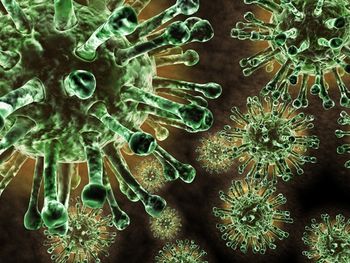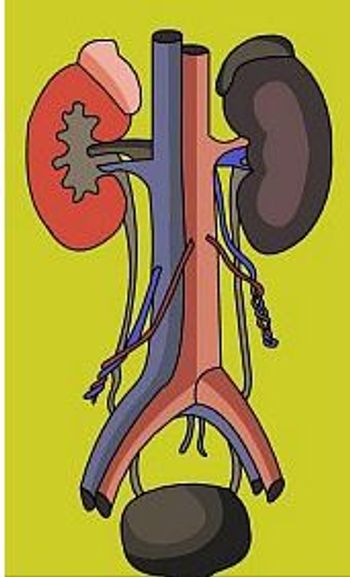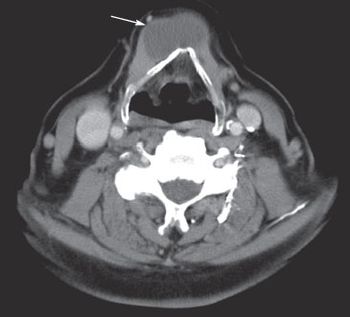
This AIDS specialist offers his rank-order list of the top 10 HIV clinical trials that really made a difference. The trials differ substantially in design, size, and focus, but they all were “game changers.”

This AIDS specialist offers his rank-order list of the top 10 HIV clinical trials that really made a difference. The trials differ substantially in design, size, and focus, but they all were “game changers.”

Younger antiretroviral therapy enrollees differ from older ones in demographic and clinical characteristics and are at higher risk for loss to follow-up. But interventions could reduce mortality and incidence.

If full restoration of immunologic and clinical health is the goal of antiretroviral therapy, the best chance we have is to start ART within 12 months of infection.

Increasing clinical evidence suggests that statins may help prevent cancer in certain HIV-1–infected patients. Details here.

Immune reconstitution inflammatory syndrome is seen in some HIV-infected patients soon after initiation of antiretroviral therapy. The syndrome can “unmask” dormant opportunistic infections or aggravate existing infections.

A newly published study examines whether kidney transplant in eligible patients with HIV confers improved survival over renal replacement therapy. Results, here.

Long-term highly-active antiretroviral therapy can be associated with disturbing morphologic and metabolic changes. Nevaripine is added to three HAART regimens in this study to evaluate any mitigating effects.

Does the HIV epidemic represent primarily a failure of the public health system--or is it more likely a result of failure on an individual level to take steps necessary to prevent infection?

"Don't ask, don't tell" seems to apply to gay and bisexual men when it comes to discussions about HIV with their physician. Worrisome details from a new Kaiser Family Foundation survey here.

There is emergent need to improve recognition and management of COPD in HIV-infected patients. Details here.

Thyroglossal duct cyst; HCV-HIV coinfection; slurred speech and trouble swallowing and chewing . . . see how well you do on the quiz questions this week.

For patients who remained AIDS-free and untreated 10 years after seroconversion, loss of this status was associated with lower CD4 cell counts and higher HIV RNA load.

Results of a recent study found low BMD was strongly associated with body weight, smoking, and prior advanced HIV disease.

A retrospective chart review among HIV-infected patients treated with ART found use of statin medications associated with a lower risk of cancer.

The key to reining in this trend is to link this group to health services as early as possible. The key to linkage, in turn, is testing. A new study finds room for improvement in meeting CDC testing coverage recommendations.

Despite gains, the sobering reality is that HIV transmission-- primarily via sexual means--continues at an unacceptably high rate in the United States.

Now that HIV infection is largely a chronic disease, cardiovascular disease has become a leading cause of death in this patient group. Here: a look at just how common LDL-C dyslipidemia, hypertension, and coronary heart disease really are.

The flu vaccine effectively prevents influenza in pregnant women, regardless of whether they are HIV positive, according to a new study. Results offer clinicians greater assurance to vaccinate all pregnant woman.

HIV-infected patients have a 2-fold increased risk for MI vs HIV-negative patients. While many are treated for common risk factors, many of those do not reach clinical targets.


Based on 2013 clinical guidelines, nearly three-quarters of HIV-infected patients with dangerous subclinical atherosclerotic plaque would not be considered for statin therapy, a new study finds.

A once daily MVC plus DRV/r regimen had an effective role in antiretroviral drug-pretreated individuals with controlled HIV infection in this trial. In an aging HIV-infected population, with increasing comorbidities, this combination could be a safer option than standard triple therapy. More here.

It now seems probable that most people with HCV infection can be cured-even if they are co-infected with HIV. But can we bear the cost?

Antiretroviral treatment does not appear to affect a woman's ability to become pregnant or to adversely affect fetal outcomes, according to this study.

A new study found a high rate of peripheral neuropathy in antiretroviral-naive patients within 3 months after HIV infection.